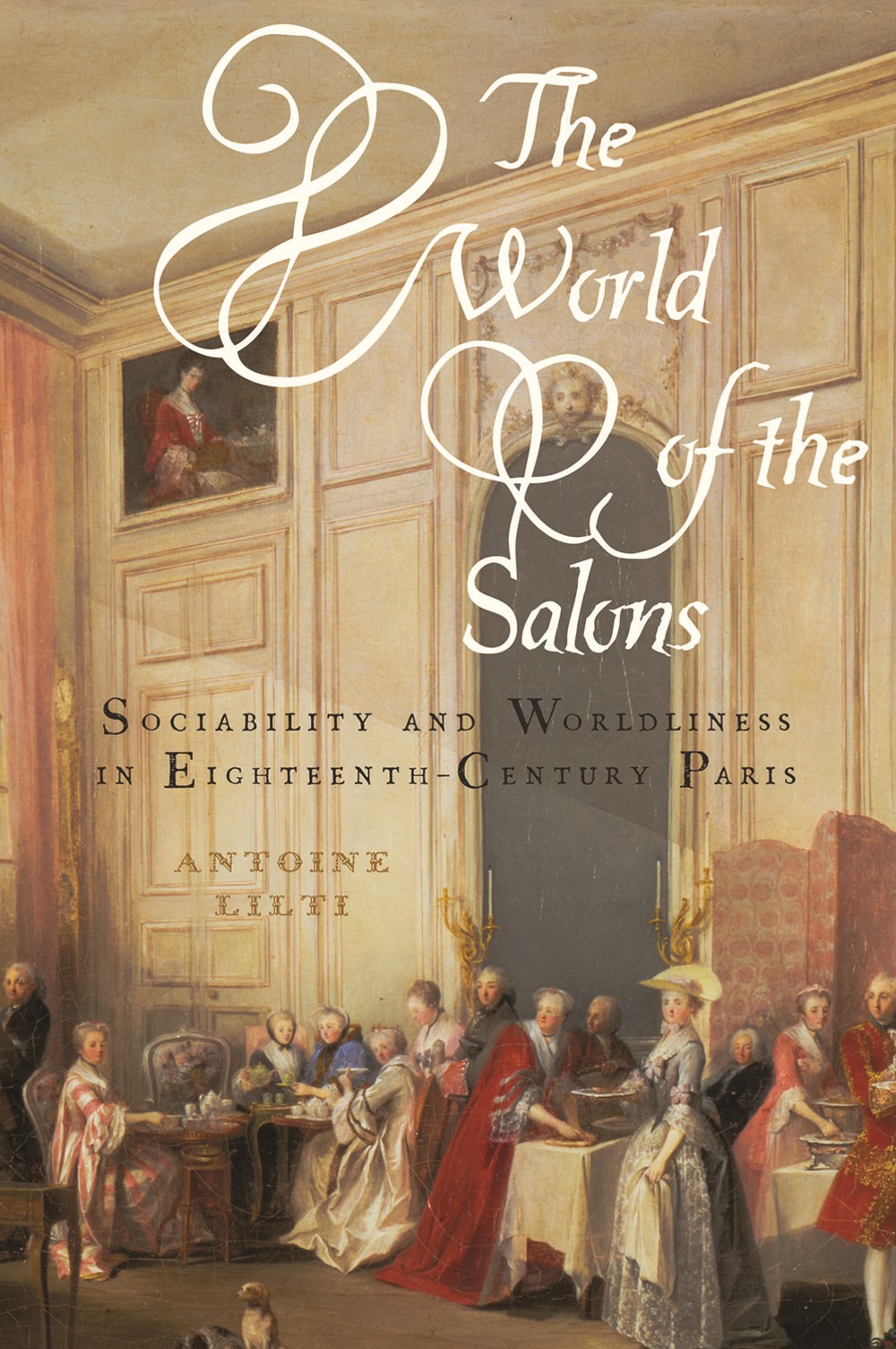 The World of the Salons: Sociability and Worldliness in Eighteenth-Century Paris by Antoine Lilti (Oxford University Press, 344 pages, January 2)
The World of the Salons: Sociability and Worldliness in Eighteenth-Century Paris by Antoine Lilti (Oxford University Press, 344 pages, January 2)Oh MAN I was born in the wrong century. I mean, these salons must have been so great. And so what that Lilti presents an alternative way of looking at the salons, arguing that, rather than being committed to equality and Enlightenment, they were actually "meritocratic settings" where high-society worked to shore up social hierarchies and the status quo. I mean, ok, but writers! artists! philosophers! all in one room! and in France! Sorry, I get carried away sometimes...
 Reading Publics: New York City's Public Libraries, 1754-1911 by Tom Glynn (Fordham University Press, 400 pages, January 22)
Reading Publics: New York City's Public Libraries, 1754-1911 by Tom Glynn (Fordham University Press, 400 pages, January 22)"On May 11, 1911, the New York Public Library opened its 'marble palace for book lovers' on Fifth Avenue and 42nd Street." Here, Glynn explores the evolution of the NY Public Library, including how the development of book collections and the aim of "improving society" through books influenced the libraries of today and American identity in general.
No comments:
Post a Comment